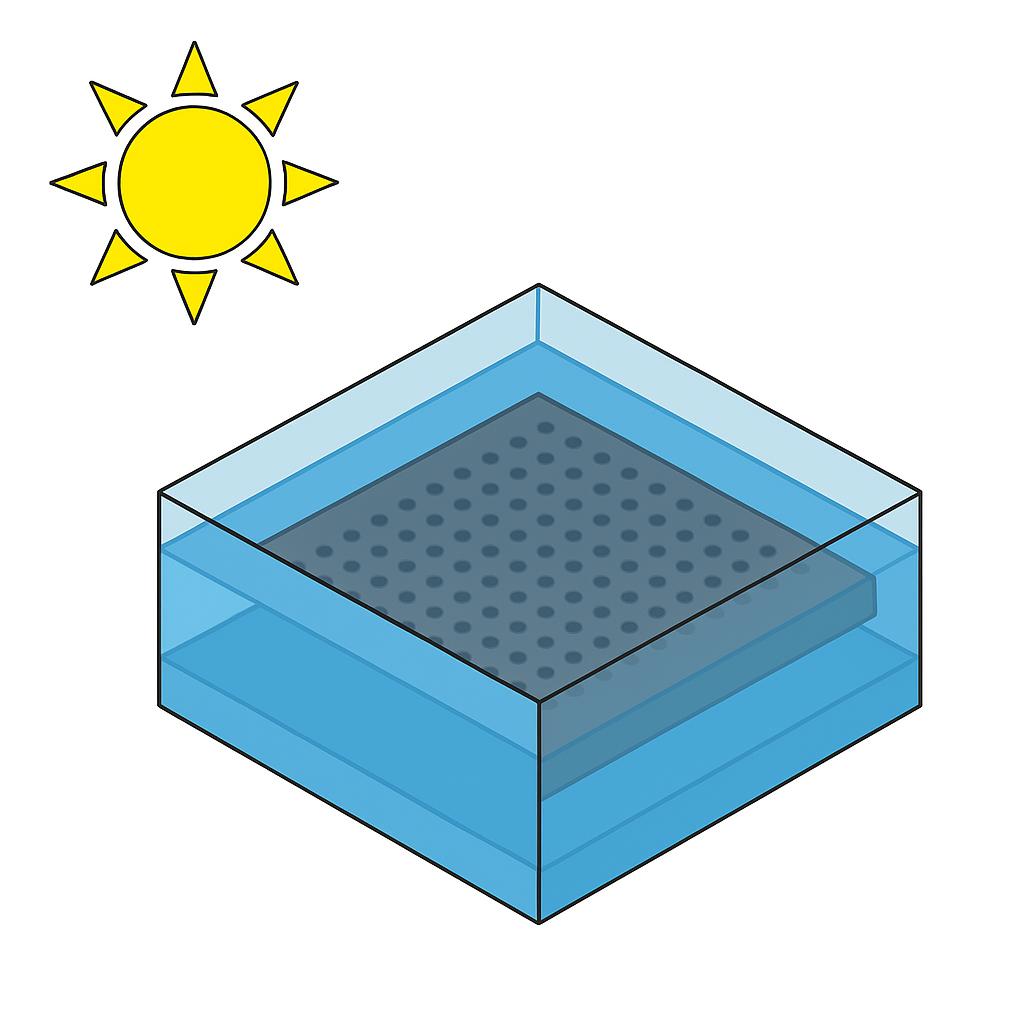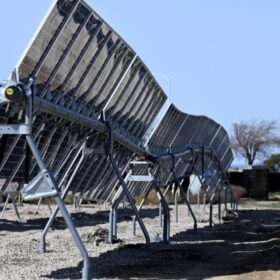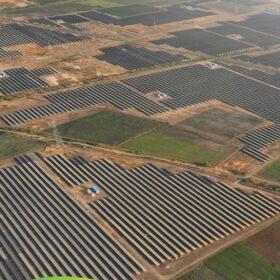An international research team has proposed a novel stagnant water layer cooling technology for solar panels.
“This work introduces a simple, low-cost, and innovative method for the immersion cooling of PV modules, ensuring that the junction box and aluminum frame remain isolated from fluid contact,” the researchers explained.
To evaluate the system’s performance, the team built an experimental setup and tested the cooling technology using three types of water: seawater, tap water, and desalinated water. “We compared the performance of the reference (uncooled) PV module with that of the water-immersion cooled PV module in terms of energy output, electrical efficiency, exergy efficiency, and sustainability index,” they added.
Both the reference and water-immersion cooled systems were based on a 1 kW solar module. For the cooled panel, four transparent glass strips, each 3.0 mm thick and 30.0 mm high, were attached along the perimeter of the front surface of the PV module using silicone adhesive. This configuration created an open water container holding a 1.0 cm thick layer of water.
The experiments were conducted between 9:30 a.m. and 4:30 p.m. during May and June 2024 at the Indian Institute of Petroleum and Energy (IIPE) in Visakhapatnam, eastern India. The seawater used in the experiments had a pH of 7.96, an electrical conductivity of 50,456.67 μS/cm, total dissolved solids of 25,230 ppm, salinity of 32.92 PSU, and turbidity of 0.71 NTU.
Tap water had corresponding values of 6.67, 1,160 μS/cm, 580 ppm, 0.57 PSU, and 0.36 NTU, while desalinated water measured 6.26, 38.33 μS/cm, 19.33 ppm, 0.02 PSU, and 0.28 NTU, respectively.
The researchers reported that desalinated water produced the greatest temperature reduction compared to the reference module—8.2 C—resulting in a 28.3% increase in daily energy output. Seawater reduced the module temperature by 7.4 C and boosted output by 14.9%, while tap water achieved a 7.2 C temperature decrease and a 16.6% increase in energy output.
“For every additional watt-hour of energy generated, approximately 97 mL of seawater, 106 mL of tap water, and 68 mL of desalinated water were consumed in cooling the PV module with the respective fluids,” the researchers noted. “Evaporation losses were highest for desalinated water and lowest for seawater. Interestingly, no salt deposition was observed even for seawater during the experimental period, possibly due to the daily replacement of the water layer.”
The team further highlighted that “the seawater-based PV array achieved the lowest electricity generation cost and outperformed both tap-water and desalinated-water-based arrays in terms of module lifespan, due to the abundant availability and negligible cost of seawater.”
From an environmental perspective, however, the desalinated-water-based PV array demonstrated the best performance. Over a 20-year lifetime, its net CO₂ emission mitigation potential was found to be 44.2% higher than that of the reference PV array.
The details of the cooling systems can be found in “Performance and water-energy nexus aspects of stagnant water layer cooled zero-tilt solar photovoltaic module,” published in Scientific Reports. Researchers from the Indian Institute of Petroleum and Energy (IIPE), India’s Andhra University (AU), the Center of Rajiv Gandhi Institute of Petroleum Technology (RGIPT), and Spain’s University of Jaen have participated in the research.
This content is protected by copyright and may not be reused. If you want to cooperate with us and would like to reuse some of our content, please contact: editors@pv-magazine.com.








By submitting this form you agree to pv magazine using your data for the purposes of publishing your comment.
Your personal data will only be disclosed or otherwise transmitted to third parties for the purposes of spam filtering or if this is necessary for technical maintenance of the website. Any other transfer to third parties will not take place unless this is justified on the basis of applicable data protection regulations or if pv magazine is legally obliged to do so.
You may revoke this consent at any time with effect for the future, in which case your personal data will be deleted immediately. Otherwise, your data will be deleted if pv magazine has processed your request or the purpose of data storage is fulfilled.
Further information on data privacy can be found in our Data Protection Policy.